Dafo Vehicle Fire Protection and the future of EV fire suppression
By Luke Willetts - 6th February 2024
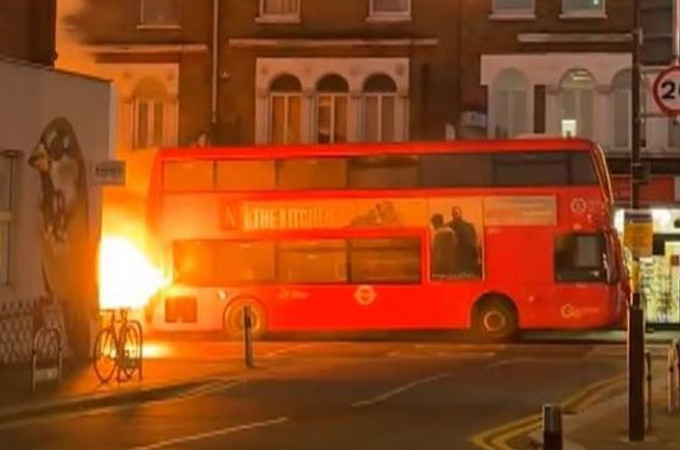
Wimbledon EV bus fire, January 2024
Sweden – Late last year, T&BB interviewed key personnel at Dafo Vehicle Fire Protection AB of Tyresö, Sweden - namely Jonas Bergström, Business Line Manager in the bus and coach segment, and Tommy Carnebo, Dafo’s in-house Risk Management Specialist - to understand better the products and legislation in Europe relating to fire suppression systems in the Commercial Vehicle (CV) market, as well as strategies for company growth in 2024.

Jonas Bergström, Business Line Manager in the Bus and Coach segment
The importance of this safety technology can be seen first-hand in January this year, with an electric double-decker bus catching fire in Wimbledon, UK. Fortunately, all passengers escaped unscathed. The cause of the fire is not yet known but with more than 1000 zero-emission vehicles operating on the streets of London, will the next bus fire be fatal?
Dafo’s storied history
Starting at the beginning, Dafo Vehicle Fire Protection has an old history and a relatively new one. Founded in 1919 as a wholesaler of different types of industrial products, the company later morphed into fire suppression and prevention products. This modern history started in the middle of the 1970s when it took its first foray into developing fire protection systems for vehicles. The driving force behind this happened to emerge in Sweden, when multiple forestry equipment fires brought the Swedish insurance companies together, where they developed the Swedish Fire Protection Association. Dafo Vehicle was then invited to join and out of this, its first fire suppression system was born. The company continued to expand into other industries including buses, trucks, mining and other heavy-duty industries.
In 2018, Dafo Vehicle Fire Protection broke away from its holding company and became a separate entity, exclusively working in the vehicle (Public Transport, mining, material handling and agriculture vehicles) fire protection industry. Since then, Dafo Vehicle has rolled out training, maintenance and installation services, as supportive segments of the business. The main shareholder is the Swedish investment company, Sobro AB.
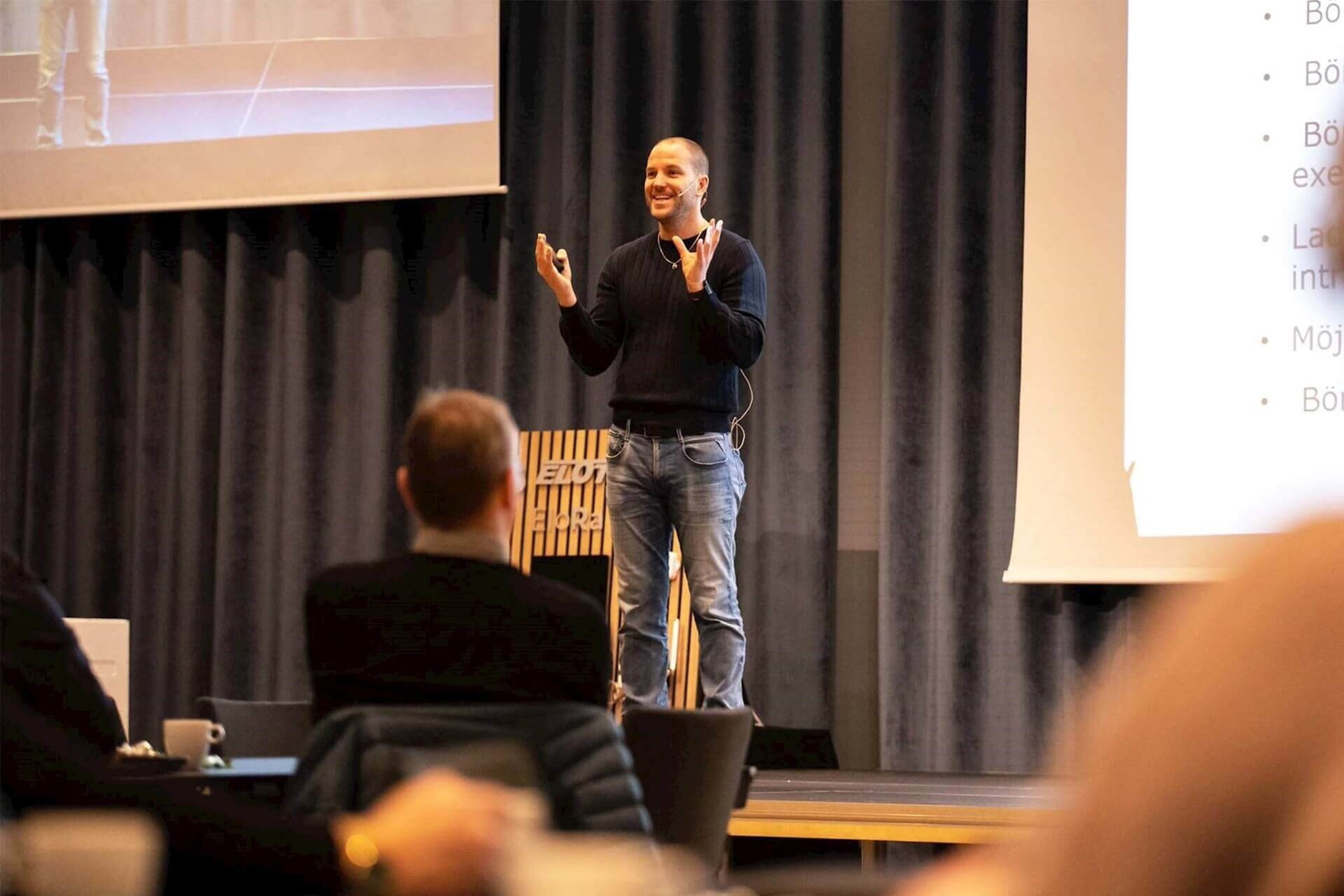
Tommy Carnebo, Dafo’s in-house Risk Management Specialist
Product Range
As aforementioned, Dafo Vehicle sells fire detection and suppression systems for both ICE and EVs. Overall, the full system consists of four integrated elements, namely, detection, alarm, suppression and control which all work together in an efficient way to combat fires.
In terms of fire detection systems for ICE buses, the technology works with heat detector wire with a fixed temperature threshold, that once activated, triggers an alarm signal initiating the fire suppression system. According to Bergström, this is the most reliable solution. As for EV buses, it is using ‘off-gassing’ detection technology, which identifies the pre-stage of a thermal runaway on the batteries. Interestingly, research has shown that gas detection is faster than heat detection in the case of EV batteries.
Moving onto the fire suppression technologies, once the fire detection system has been activated, a liquid suppression pressure system is deployed through pipes, in the form of a liquid foam. This gives the properties of a powerful cooling effect over a big area. The foam is stored in a pressureless tank, which needs to be replaced (if not used) every ten years. Whilst the foam is being released, an alarm horn and light signal are activated, notifying occupants of the vehicle to exit immediately. Furthermore, the control unit logs the data, making it possible to analyse previous events.
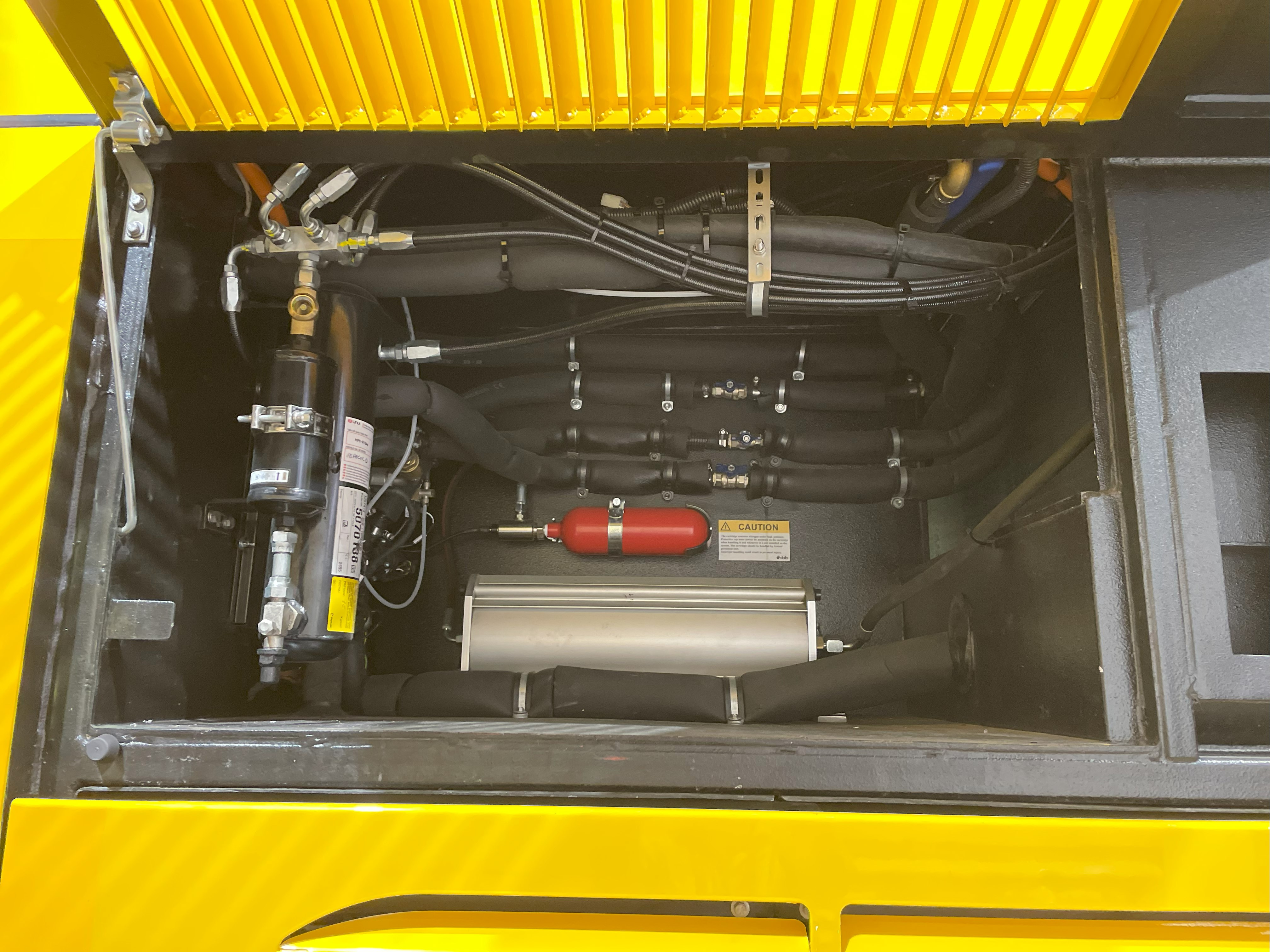
Dafo's fire suppression system
Business model, manufacturing and core markets
Headquartered in Tyresö, Sweden, the company has independently-owned subsidiaries in Finland, Estonia, France, the U.S. and Malaysia. R&D takes place in Stockholm whilst electronic engineering takes place in Estonia. With more than 180,000 vehicle systems sold worldwide,105 employees on the books and numerous contracts with OEMs, the company is looking to expand specifically into the U.S. and APAC markets this year. Bergström confirmed that around 60% of the business is direct with OEM customers which build Dafo Vehicle systems directly into their vehicles. For Carnebo, international market growth requires working with the right distributors in the right territories. Ultimately, this responsibility will fall on the shoulders of the new CEO, Jon Lind, who was appointed on September 1, 2023.
The company doesn’t operate its own manufacturing plants per se. It designs its own products in-house in Sweden and then production is outsourced to factories in Europe, mostly in Sweden and parts of Eastern Europe. Components are then assembled in-house by Dafo in Sweden.
According to Bergström, Dafo Vehicle’s core markets remain in Europe. The company has long-term relationships with major bus OEMs throughout Europe, the Middle East, Turkey and Asia. Dafo Vehicle has been growing in the South American markets, specifically in the mining, forestry and material handling industries, whilst its presence in the South American bus market remains relatively small.
Gains have been made in the material handling and forestry segments in North America, whilst it hopes to grow in the mining vehicle segment this year. Bergström makes the point that a large proportion of the U.S. bus market is federally funded, prioritising U.S. suppliers over their European counterparts. North American expansion will be aided by the sales office in Wilmington, North Carolina, opened in 2020.
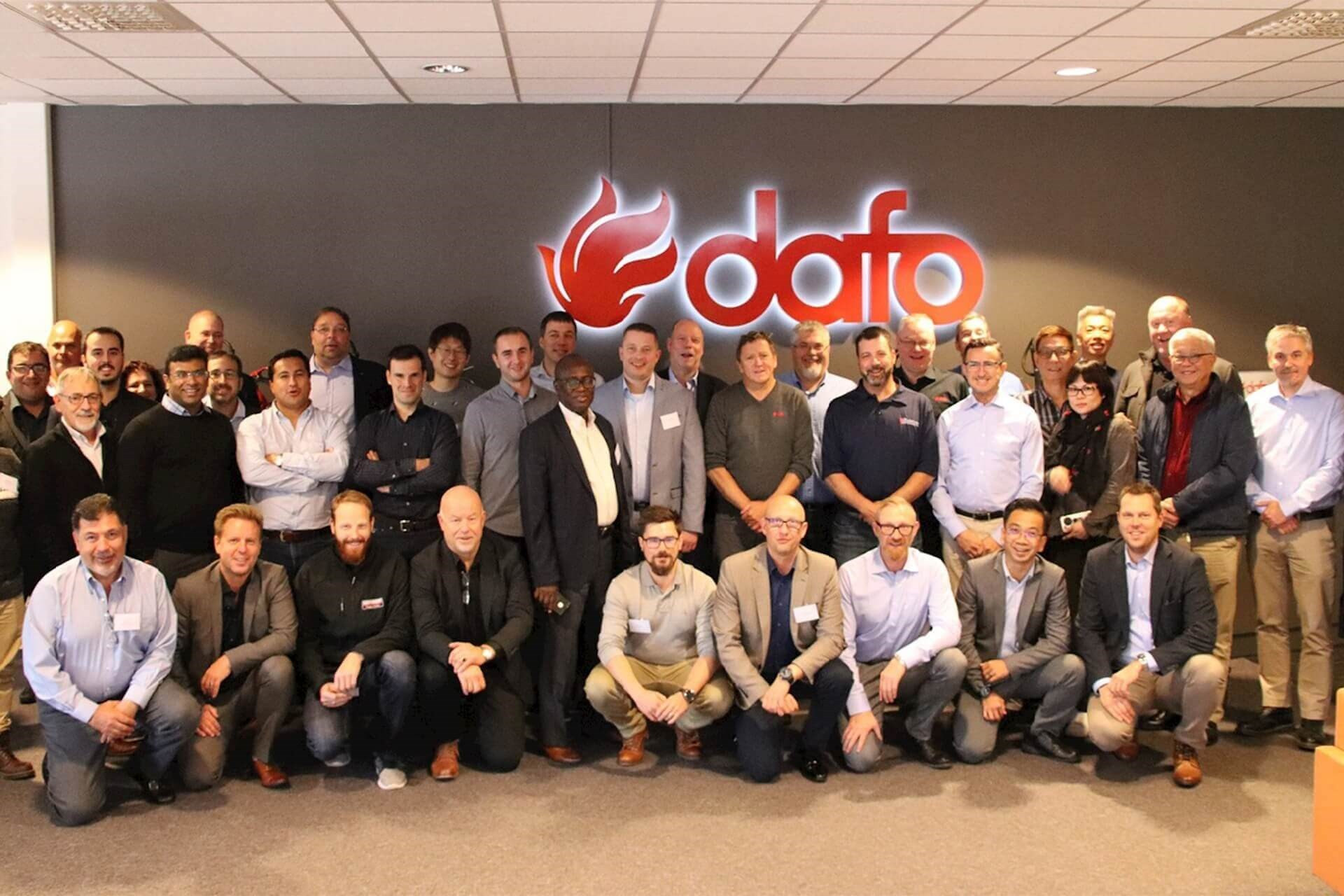
Dafo's global distribution team
Regulation, or lack thereof
There are strict laws governing fire safety in ICE buses operating on European roads. Onboard fire detection and suppression systems are mandated by the European Union (EU). Bizarrely, this is not the case for electric buses, unless it has a diesel pre-heater installed. Then, the diesel pre-heater must be protected but not the batteries. According to Bergström, the industry has been historically reactive rather than proactive. Fires can happen, it has happened and it will happen. This occurred in Paris two years ago, when two e-buses (Bluebus) operated by RATP went up in flames.
Increasing European demand for electric buses should therefore highlight the need for increased safety regulation. Bergström was unequivocal about this, these systems save lives! According to the European Commission, research initiatives to improve fire safety are underway as they recognise the increased risks involved and are currently exploring the mitigation of these. Dafo Vehicle is working in an advisory role with the European Commission on this matter.
Furthermore, there is no legislation mandating bus driver fire training either. According to Carnebo, it is key for the driver to know how to use the onboard fire suppression tools. This is why Dafo Vehicle offers the necessary training for drivers.
As the number of electric commercial vehicles increases across Europe, updating fire safety during manufacture should be a priority, to manage these new risks and drive safety standards for these new vehicles. It’s expected that regulatory change will come slowly. Individual insurers are likely to push initial safety improvements and subsequent government-led requirements will drive new standards for the fire protection of electric commercial vehicles.
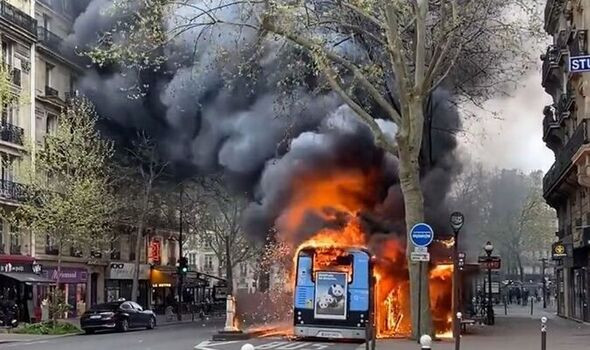
EV Bus Fire in Paris 2022
Combatting thermal runaway
Bergström highlighted the specific fire safety issues associated with the li-ion batteries powering electric buses and coaches. Should li-ion batteries become exposed to increased heat, mechanical failure, overcharging or subject to physical damage during use, it can cause an internal short circuit. This short circuit then produces excess heat, triggering a chemical reaction within the battery cells and causing a process called thermal runaway. Thermal runaway causes a battery to produce even more heat, leading to ignition and toxic gas emissions, which in some cases, can cause large explosions. Once in thermal runaway, a battery will have the ability to produce its own oxygen source, increasing flames and reducing the effectiveness of traditional fire suppression methods.
Although less common than traditional combustion engine fires, the consequences of battery engine fires can be severe. These risks are a reality for electric vehicles, and modern manufacturing should account for them during their production, to provide on-road vehicles that are as safe as they can be.
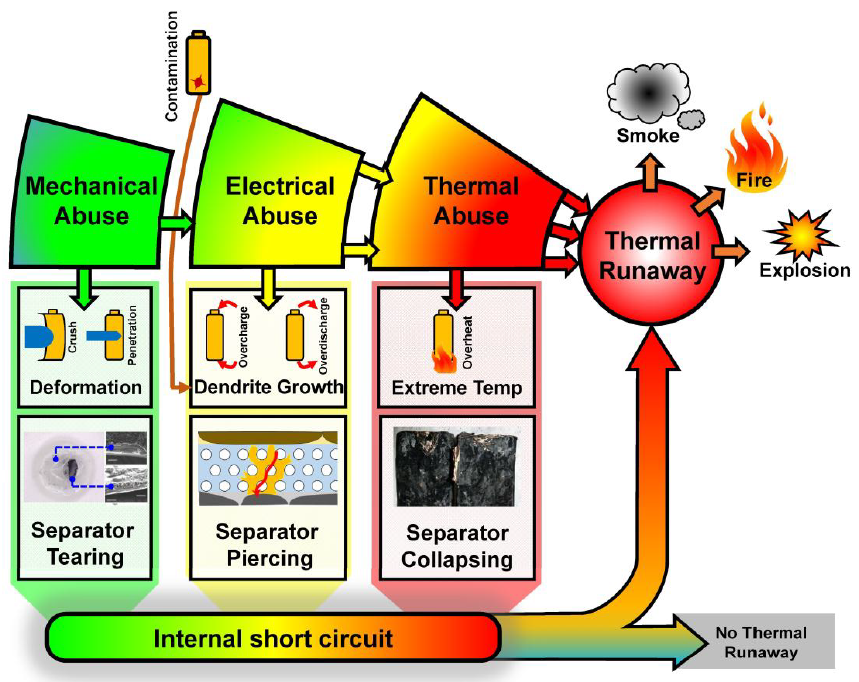
Thermal runaway diagram
To improve the safety of modern commercial vehicles, a suppression solution should be designed to prevent or delay thermal runaway from occurring. In collaboration with the Research Institutes of Sweden (RISE), Dafo Vehicle completed extensive research and testing to address these new risks that arise from electric vehicles, creating a new suppression solution that detects potential failure, overheating and fire risk in lithium-ion batteries at an early stage.
In 2020, the company brought to market a new early warning detection and suppression system developed specifically for EV and HEV operating on lithium-ion battery technology, which can be installed during the manufacturing process. SV-K not only provides an early fire warning system, but spot cooling to prevent thermal runaway that localises and mitigates fire risk. During the development of SV-K, research found that spot cooling was the most effective way to suppress thermal runaway. This suppression system continually monitors a battery for defects, which once detected, activates an internal suppression system. This is built into the battery component and uses the suppression agent, Forrex, to implement spot cooling. This technique suppresses and prevents thermal runaway, alongside the activation of an early fire warning system, which initiates a process that begins to revert the battery to a safe state.
Commenting on this development, Anders Gulliksson, R&D manager at Dafo Vehicle, said:
With the rapid introduction of electric and hybrid electric vehicles in public transport, there are new challenges, because they present totally different risk scenarios. When the commonly used Li-ion batteries fail through short circuiting, overcharging, high temperatures, mechanical damage, and overheating, this might cause thermal runaway and the release of a flammable electrolyte, which makes fire extinguishing very difficult. In addition to the dramatic fire scenario with the rapid increase in heat, there are a lot of potentially toxic gases being emitted.
Discussing the research tests of the SV-K system, Gulliksson, went on to say:
The tests also showed that even with a late deployment of the fire suppression system, there’s a possibility of delaying the battery reaching a critical state, meaning that the chance of safe evacuation is very high. With proper detection and system activation, the hazardous scenario can be reversed and potentially even stopped entirely.
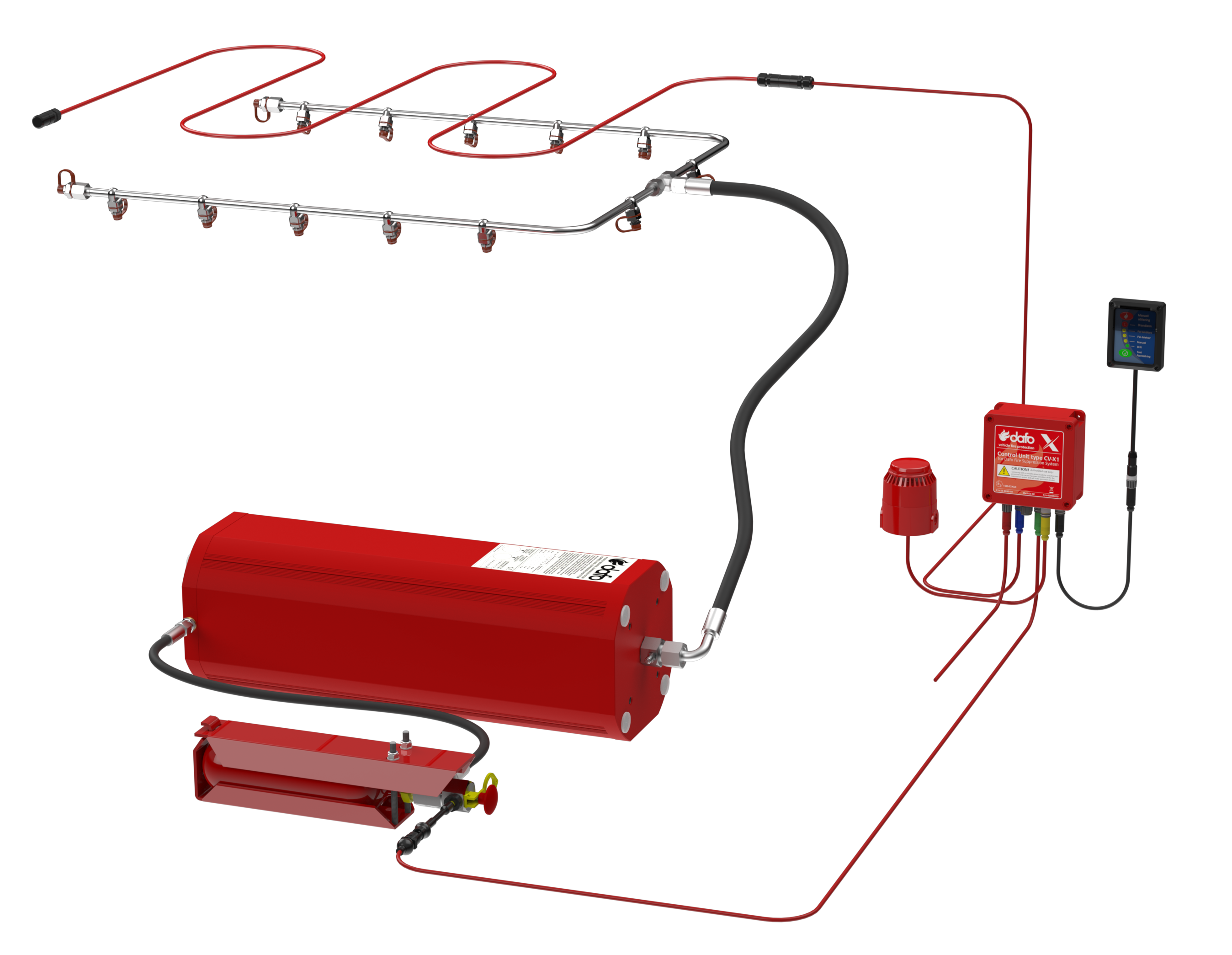
SV-K System with CV-01 and Sounder



